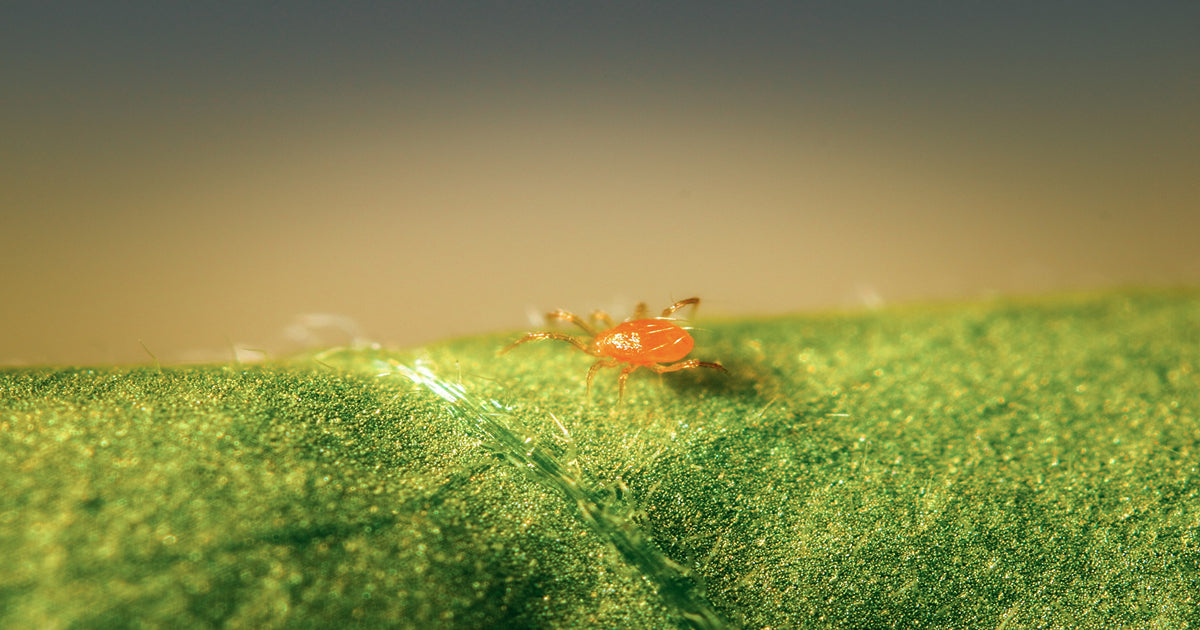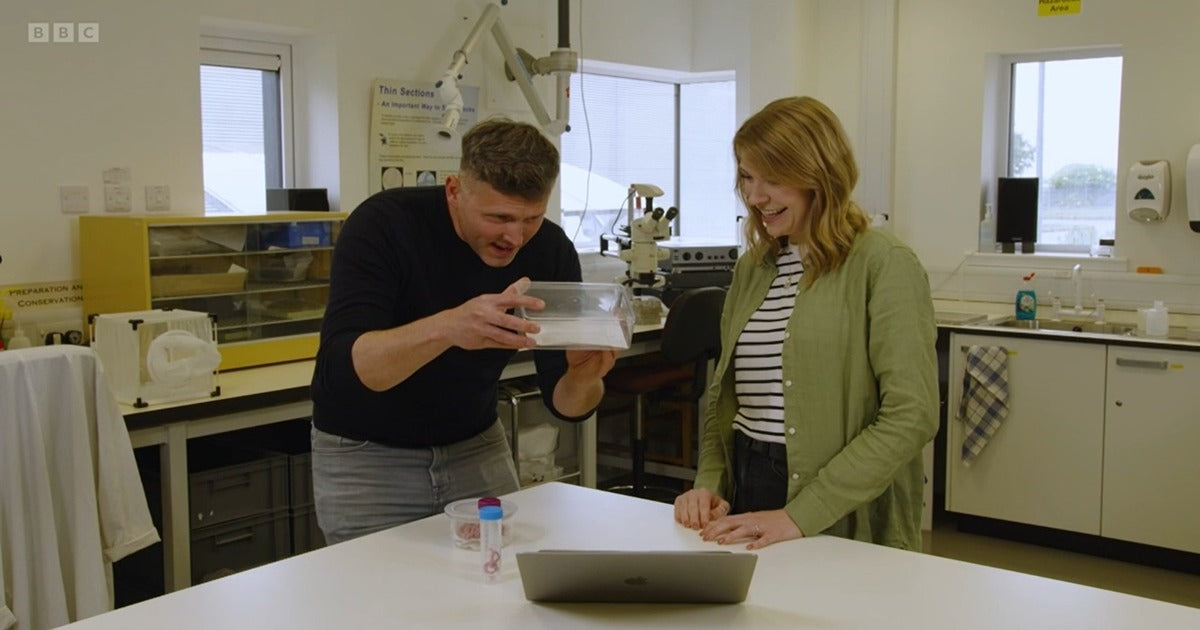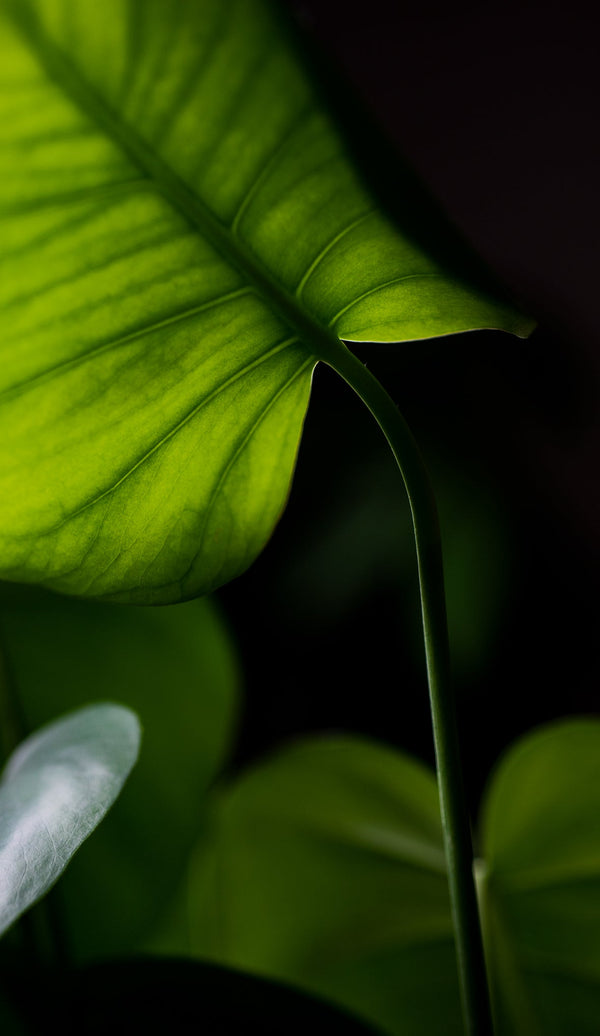Monty Don Applies Dragonfli's Biological Control Of Fuchsia Gall Mite On BBC Gardeners' World

Dragonfli Supply BBC With Amblyseius Andersoni Predators As Monty Don Shows Off Biological Control Of Fuchsia Gall Mite On Gardeners' World
Friday, August 23rd's edition of Gardeners' World (Episode 22) featured Monty Don applying one of Dragonfli's biological control products for treating Fuchsia Gall Mite.

Monty was shown applying one of our Amblyseius andersoni sachets to Fuchsias in his greenhouse. Dragonfli were happy to supply the BBC with the product and such media interest further signifies how prevalent Fuchsia Gall Mites are this year.

What Are Fuchsia Gall Mites?
Fuchsia Gall Mites are difficult to detect as they are microscopic and cannot be seen with the naked eye. The damage they cause, however, is far more noticeable.

Fuchsia Gall Mite is a sap-sucker. Infestation will lead to the growth of Fuchsias becoming stunted and shoot tips will swell and distort. Flowers also often fail to develop.

This tiny mite can have several generations a year and outside is active
from May to September. In warm glasshouses, however, they can remain active all year.
Control Fuchsia Gall Mites Naturally With Amblyseius Andersoni
Although quite a recent pest in the UK, the Gall Mite is already largely resistant to insecticides. Luckily we have a native predatory mite that will seek out and consume Gall Mites. Amblyseius andersoni is supplied in bottles, or slow release sachets.
For a quick release, the predators can be shaken from our bottles directly over infected plants.
For a longer release, hang our sachets (this is the product Monty showcased on BBC's Gardeners' World) on the plant.
These sachets will release predatory mites for up to 4 weeks. For best results cut out infected growth and buds first, then allow the predatory mites to protect the new growth.
Comments (12 Responses)
Julian Ives
Hi Philippa,
Many thanks for getting in touch and sorry to hear of your Fuchsia Gall Mite infestation.
It is indeed a bit late in the season for predatory mite applications to treat this particular pest, so I would suggest to refrain from any introductions until next Spring and Summer.
Amblyseius andersoni are active from 14℃ and above, with an optimum temperature being between 20-28℃, so can be introduced as soon as conditions warm up sufficiently next year.
You could also apply some of our natural Plant Soap to the infested areas and this will kill present pests on contact, if you need to treat your Fuchsias before temperatures are appropriate for application of our predators.
With regards to your hanging baskets, I would suggest to cut back and remove any damaged material as this will help prevent a re-emerging establishment of the infestation. You can then deploy a combination of our Amblyseius Andersoni Sachets or bottles of the predators to ensure a predator armoury are active next year to predate the pests.
I hope this helps but if you need any further assistance please don’t hesitate to ask.
Kind regards,
Julian Ives [Director, Dragonfli]
Elizabeth Brough
I’ve recently moved to a bungalow that is surrounded by heavily infested fushias gall mites. I purchased a large quantity of your sachets and cut the plants and attached the sachets to them.
On inspection recently I was horrified to see the looked even worse.
Should I just dig them out or cut them right back and sprinkle instead.?
Any advice would be helpful please.
Philippa Smith
I’m searching online for help with fuchsia gall mite. A fuchsia that has been in my garden since I was a small child was this year brutally attacked by what I now know is gall mite and I have completely cut it down. At what time do I start using your Amblyseius andersoni? It has also spread to all my hanging baskets, and i have a lot, can these be saved? as I don’t replace theses every year? I found your site as I usually follow Monty Don and his recommendations. Thank you in advance
Julian Ives
Hi Jan,
Many thanks for getting in touch and for ordering with us.
I am sorry to hear of the continued struggle you’ve endured in combating Fuchsia Gall Mite.
This can be a tricky pest to eradicate at times, as it often hides in buds which makes the timing of the application difficult.
It might be worth placing some of Amblyseius andersoni sachets within your plants. These sachets will slowly release the same predatory mites contained in our Fuchsia Gall Mite Killer over a period of 4 weeks.
This might provide you with a better chance of catching the Gall Mites, with predators present for a longer duration.
As you’ve been a loyal customer to us for a couple of years now, we’d be more than happy to arrange to send you some of these free of charge.
Please get in touch with our sales team at sales@dragonfli.co.uk, quoting your last order number and they’ll be happy to arrange this for you.
I hope this all helps but of course if you need any further assistance please don’t hesitate to reach out again and we’d be more than happy to help.
Kind regards,
Julian Ives [Director, Dragonfli]





10 November, 2025
Julian Ives
Hi Elizabeth,
Many thanks for getting in touch and sorry to hear of your Fuchsia Gall Mite infestation.
It is a bit late in the season for predatory mite applications to treat this particular pest, so I would suggest to refrain from any introductions until next Spring and Summer.
I would anticipate that these colder temperatures are the reason for which the predators were not effective for you on this occasion.
You could instead apply some of our SB Plant Invigorator or Plant Soap to the infested Fuchsias; ideally directly onto the visible pests, or damage symptoms that point to pest activity.
Neither of these products leave poisonous residue on plants. SB works via physical action, suffocating the pests, and our Plant Soap consists of 100% organic ingredients.
If the battle does not look winnable at this stage, and the sprays do not have the requisite effect, I would indeed suggest to cut back and remove any damaged material.
When temperatures warm up sufficiently again, I would then strongly recommend application of further Amblyseius Andersoni sachets. These will release predators for a period of 4 weeks to predate on any newly emerging or small infestations; offering you a predatory patrol on your Fuchsias.
I hope this helps but if you need any further assistance please don’t hesitate to ask.
Kind regards,
Julian Ives [Director, Dragonfli]